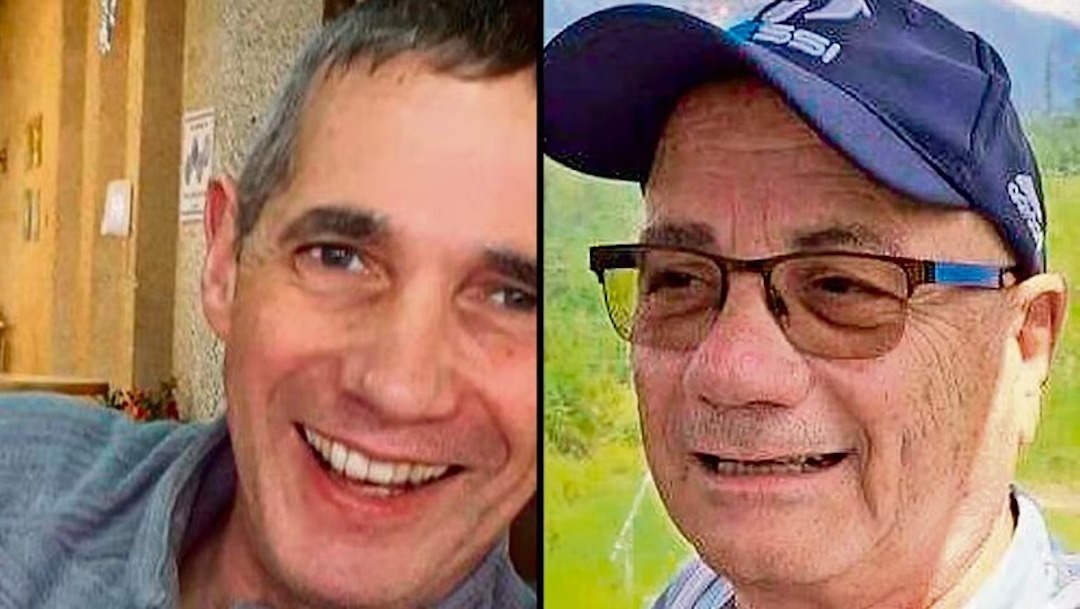Pittsburgh Victims Were Part Of Jewish Group That Prepares Dead For Burial

Graphic by Angelie Zaslavsky

Image by Getty Images
One victim murdered and one who remains in the hospital following Saturday’s mass shooting at a synagogue in Pittsburgh were members of the chevra kadisha, an organization of Jewish men and women called upon to ensure that deceased Jewish bodies are properly prepared to be buried.
Jerry Rabinowitz died in the rampage and Dan Leger was shot and wounded.

“(They were) both chevra kadisha members,” Michael Slater, a past president of Kavod v’Nichum, a non-denominational organization that advocates for and teaches about Jewish practices around death, wrote in an e-mail to the Forward on Monday.
Rabinowitz was a doctor reportedly shot to death as he attempted to help fellow congregants that had already been wounded in the attack.
The traditional time frame for a Jewish burial is quite brief following the death — just a matter of days. That means that in Pittsburgh, 11 Jewish bodies must suddenly be buried following the Sabbath-morning tragedy in which a gunman reportedly yelling “all Jews must die” killed congregants praying at the Tree of Life synagogue. The first of the funerals is scheduled for Tuesday, and they will continue through the week.
Cremation is forbidden according to Jewish law, as the body is expected to decompose naturally.
The chevra kadisha, which translates to “holy society”, is called upon to ensure that the deceased body is properly prepared to be buried according to Jewish law. The chevra kadisha is usually called upon by a hospital, care facility, synagogue, funeral home or rabbi. Any form of tampering with the body is forbidden in Jewish law— even an autopsy (unless determining the cause of death will save other lives).
A representative of the chevra kadisha will request that someone stay with the body until they arrive, as in Jewish tradition a dead person should not be left alone until their burial to make sure they are protected from desecration and to maintain human connection and respect even in death. The guard may choose to recite tehillim (pslams) while watching the deceased. Upon the chevra kadisha’s arrival, the ritual cleaning and dressing of the deceased begins. The body of the no longer living is washed thoroughly and they are dressed in a simple white garment. Men prepare men and women prepare women.
In Jewish tradition, burial is considered to be the ultimate act of kindness, for it is one that can never be repaid.
The Jewish funeral itself is brief. “Baruch dayan emet,” Blessed is the one true Judge is recited. Immediate family members—and sometimes the presiding rabbi— may tear their clothing to symbolize their grief. Some Jews may instead choose to wear a black ribbon.
The end of the funeral does not mark the completion of mourning, but rather the beginning of the shiva period. Shiva translates to “seven” and the period lasts seven days, commencing immediately after the funeral. During this time, mourners are prohibited from pleasurable activities such as playing or listening to loud music, wearing fresh clothing, engaging in sexual relations— and even sitting on regular chairs or couches. For this reason, mirrors in the home that shiva is taking place are covered and low chairs are set up. A mourner must also not work or handle business matters during the week-long period.
Jews are not expected to mourn alone— it is customary for loved ones of the mourner to pay a “shiva call” by visiting the home,offering their condolences, bringing food and reciting the Mourner’s Kaddish.
Contact Haley Cohen at [email protected]
















